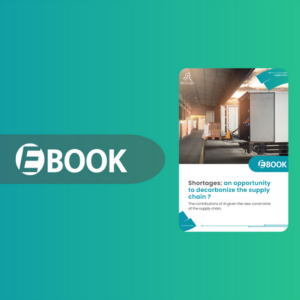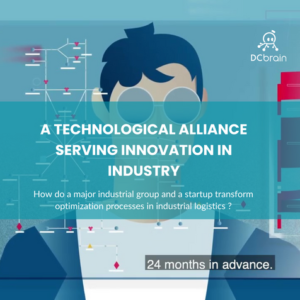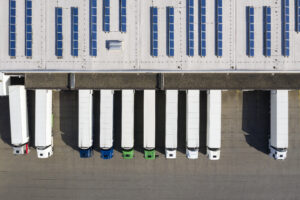
How to define my transport decarbonation strategy?
Include transportation in your company's CSR policy to make it a contributor to your decarbonization objectives.

Regulatory and societal changes are prompting companies of all sizes and sectors to monitor their CO2 emissions. Freight transport in particular is a key area for decarbonization, as it is a source of greenhouse gas (GHG) emissions on which it is possible to take action.
Context :
Why ?
As part of your CSR policy, one of the key areas of focus is reducing your CO2 emissions. Controlling and reducing the carbon impact of your freight transport is possible thanks to the control of your flows, a better knowledge of your network and its impact in order to optimize your transport plans.
Wh is involved ?
The decarbonization of transport involves various stakeholders. The transport teams will contribute their expertise in organization, and provide performance indicators. The CSR manager will ensure alignment with the company's CSR policy and reporting.
To meet this challenge, keep your commitments (ISO standards, Ecolabel…), and meet your customers’ demands for low-carbon delivery, you need to regain control over your transport network and the indicators linked to its emissions. Without a dedicated tool, it’s hard to detect and work on your margins for progress, and in particular to reduce the number of kilometers covered by your trucks, and therefore your emissions. When you’re juggling with millions of possible combinations, strong constraints linked to your activity and your available resources, optimization becomes (almost) impossible to carry out manually.
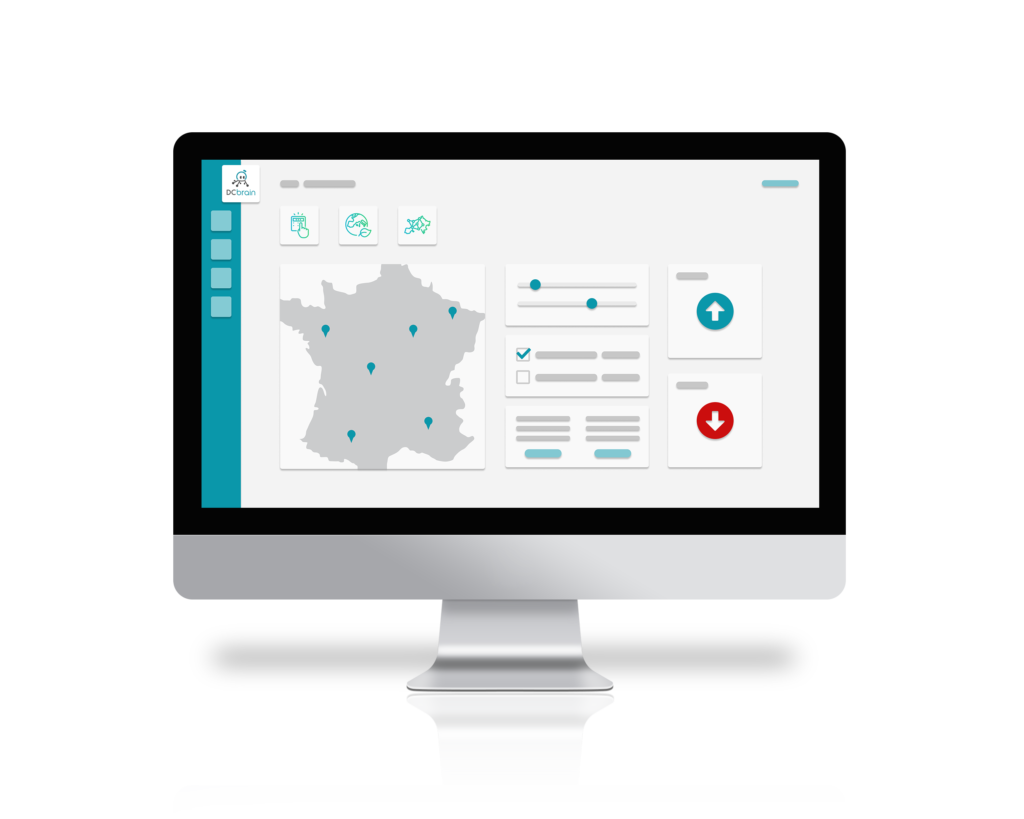
With DCbrain you’ll be able to :

- Study the possibility of combining volumes from different customers and/or suppliers to reduce the number of trucks required.
- Set up loops (i.e. semi-trailer trips from a branch) to avoid empty returns, maximize fill rates and reduce transport costs and emissions.
- Add / Remove a new site / hub / cross-docking and measure its impact on fill rate, total cost and carbon emissions
- Define and manage environmental KPIs: overall (ton CO2 equivalent), or on a reference volume of activity (kg CO2 per kilometer traveled)
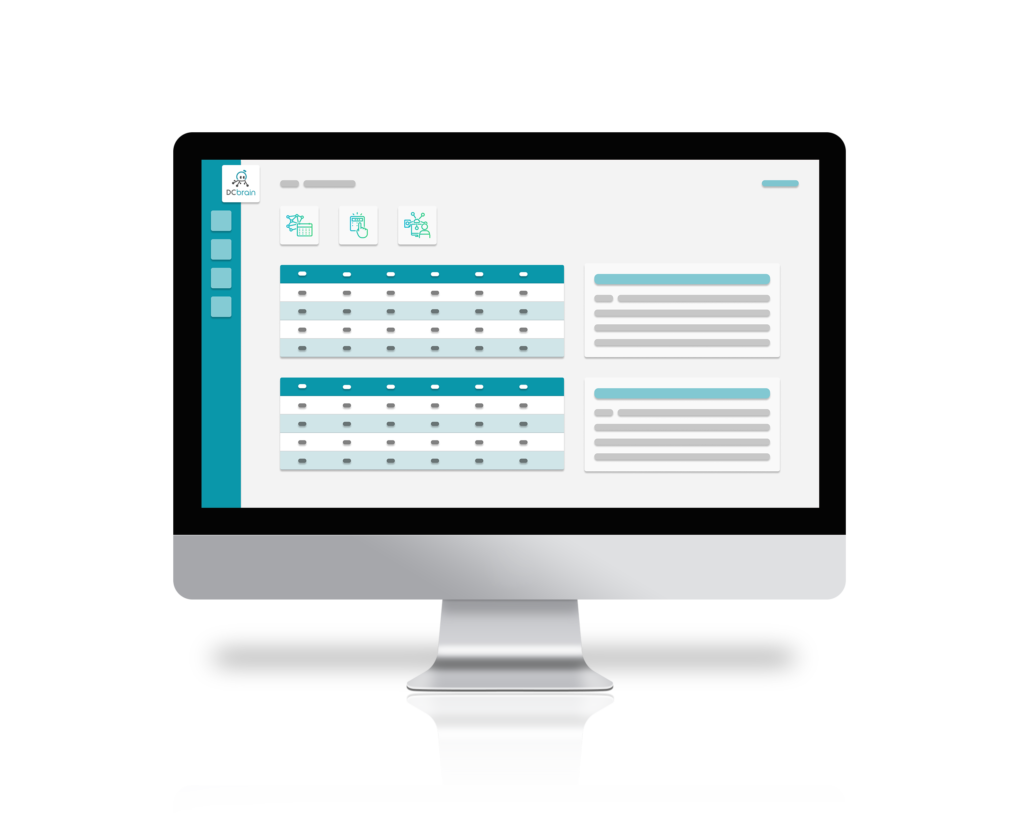
To do this you will need :

- Your network data, i.e. the specific characteristics of your sites
- Your historical data, to run simulations based on the past and identify areas for improvement
- If available, your standard data (typical flows, recurring transport plan, etc.) to define an ideal organization to aim for
- Vehicle characteristics (fuel consumption, engine type, size, etc.)
With clear benefits :
Reduce your CO2 emissions by cutting the number of kilometres driven and the number of trucks on the road.
Monitoring of your environmental KPI's to share with various stakeholders (internal employees, customers...)
Achieve the targets set as part of your environmental commitments (Ecolabel, ISO standards...)
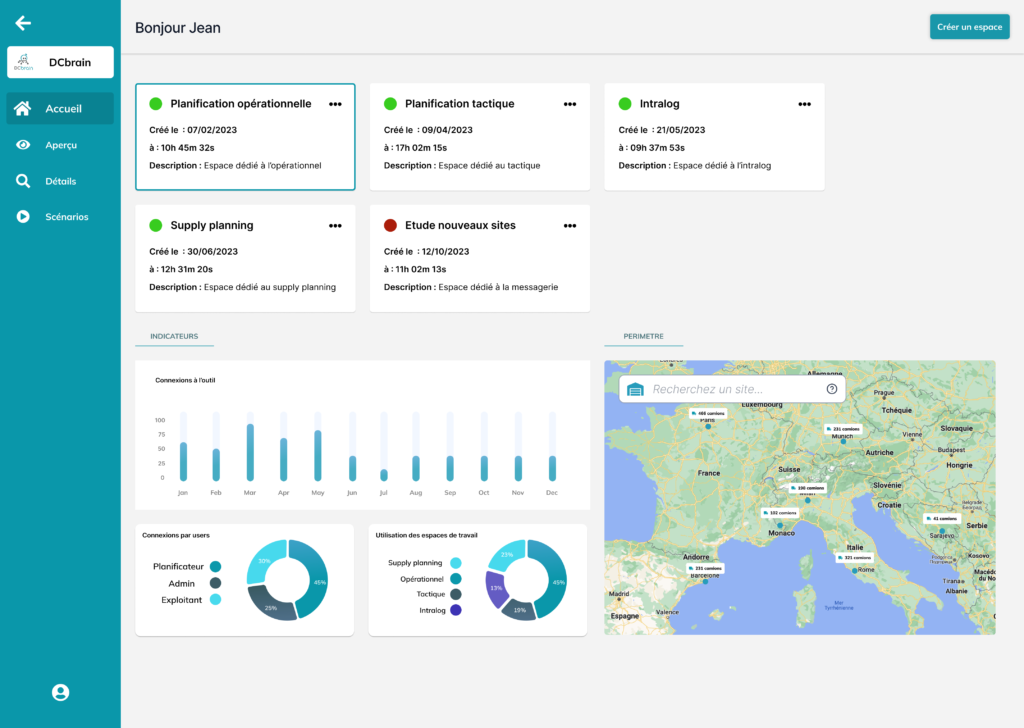
Ready to get started to boost your Supply Chain?

We are convinced that AI can facilitate logistics planning and will prove it to you via a demo.
